Konnichwa, in today’s blog I would like to go into detail about travelling in Hokkaido by car. It is the transportation option that gives you the most flexibility, but also requires the most planning.
A Local’s Guide to Driving in Hokkaido
Travel Tips
By Kazu
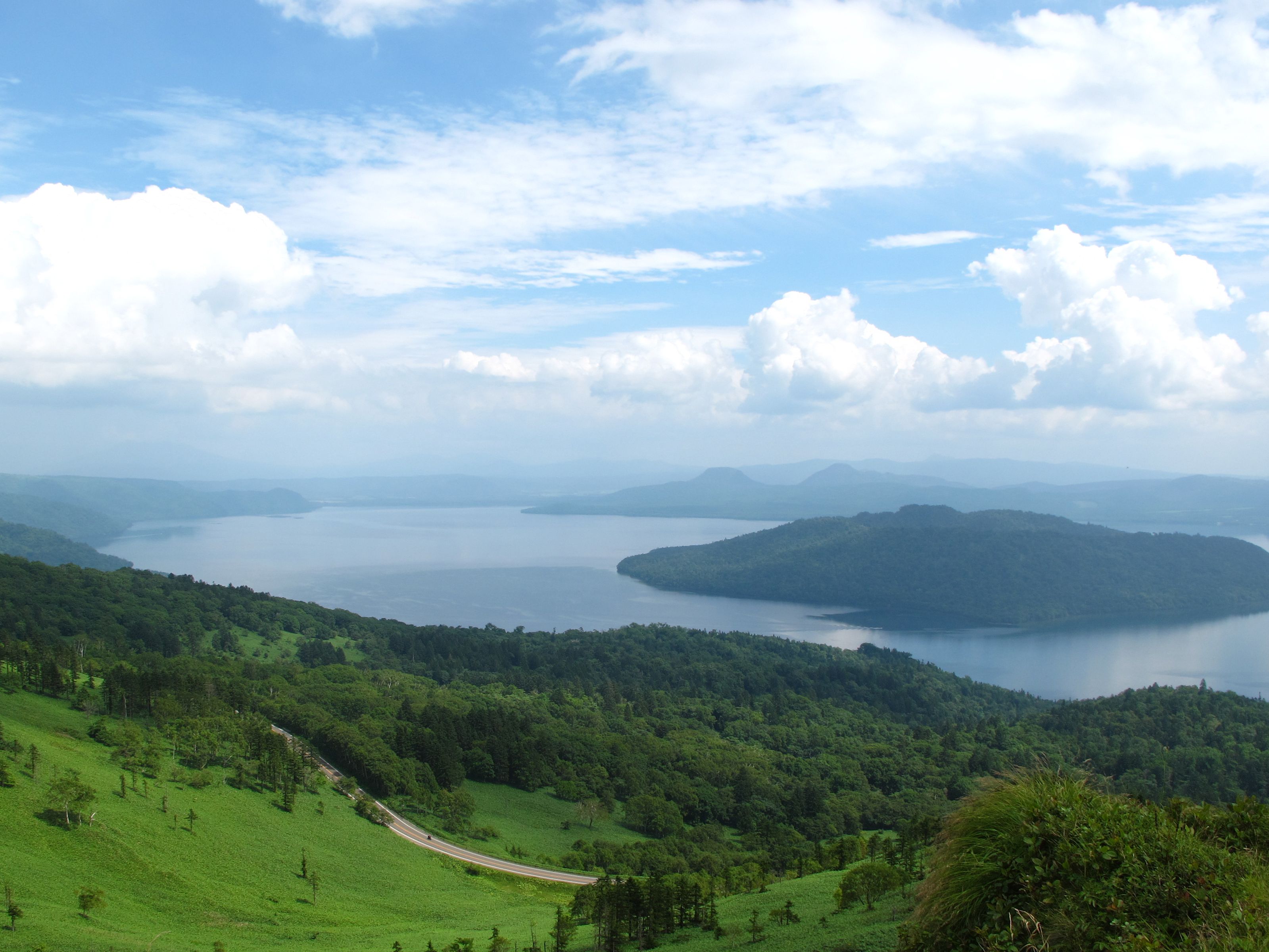
No matter your route, driving in Hokkaido is a rewarding experience, but it isn’t without its challenges. In this blog I’ll discuss what to expect when you set foot behind the wheel on Japan’s north island. I’ll cover how to plan your route, the rules of the road and what hazards to watch out for. I’ll also cover some tips for renting a car in Hokkaido.
I discussed the different ways to travel around Hokkaido in a previous blog. While traveling in a group – or by public transport – is the best for the environment, most of the trailheads and other wild places in Hokkaido are only accessible by car; driving may be your only option.
Planning your route
Hokkaido makes up just over 20% of the Japan land mass, easily making it Japan’s largest prefecture. Driving from Wakkanai (Hokkaido’s northernmost city) to Hakodate (Hokkaido’s southernmost city) is an over 600km journey! To put it into perspective- It’s only slightly shorter than driving from Amsterdam to Berlin, or about twice as long as the drive from Singapore to Kuala Lumpur.
It is common for visitors, both from mainland Japan and abroad, to underestimate how long a journey will take when driving in Hokkaido. Luckily, Hokkaido’s extensive road network gives you the flexibility to make your journey faster or more scenic depending on the type of road you choose.
Expressways (Kosoku-Dōro)
While the backroads are certainly the best way to enjoy the scenery of Hokkaido, expressways are the best option for getting from point A to point B. Like the rest of Japan, the toll road network in Hokkaido is extremely well maintained, from the roads themselves to the parking areas and service areas along the way. The downside is that the expressways are notoriously expensive.
For example, the 130km journey from central Sapporo to Asahikawa will take less than an hour and a half, and will cost 3,980 yen. The much longer 280km journey from Onuma Koen (near Hakodate) to central Sapporo will turn a full day of driving into a manageable 3 and a half hour drive, at a cost of 6,540 yen. There are a handful of free expressways as well, such as the Asahikawa-Monbetsu Expressway and the Fukagawa-Rumoi Expressway. You can get a better understanding of Hokkaido’s highway network and search for trip times and tolls on NEXCO’s official website.

The best option for paying for the expressway is an ETC card. An ETC is similar to a credit or debit card and is inserted into a device in your vehicle. When you approach the ETC toll gate, it will automatically pay for your journey without you having to stop. Paying for tolls using an ETC card comes with the added benefit of slightly discounting the fee on the toll roads, and over long distances in Hokkaido those discounts add up.
The ETC gates are labeled with the letters “ETC”, but the manned gates are only labeled in Japanese. If you don’t have an ETC card, aim for a booth with a green sign that doesn’t mention “ETC”. You will get a ticket from a machine as you enter the expressway, which you present to the staff at the booth when you leave. They will calculate the fee and you can pay by credit card or cash.
Regular Roads (Ippan-Dōro)
Regular roads make up most of roads in Hokkaido and are generally well maintained. They offer the most opportunities to see Hokkaido’s scenery and wildlife up close (albeit sometimes a bit too close), but have the downside of taking much longer to reach your destination compared to the highway. If you’re coming to Hokkaido for the outdoors, then driving long distances on these roads will often be your only option, and for some people it can become exhausting.
For example, driving along regular roads from central Sapporo to Lake Toya is just over 100km, but can take close to 3 hours when factoring in Sapporo traffic and varying road conditions along the Nakayama Pass. The drive from Asahikawa to Sounkyo is a much more manageable 70km drive but can take just over an hour and a half.
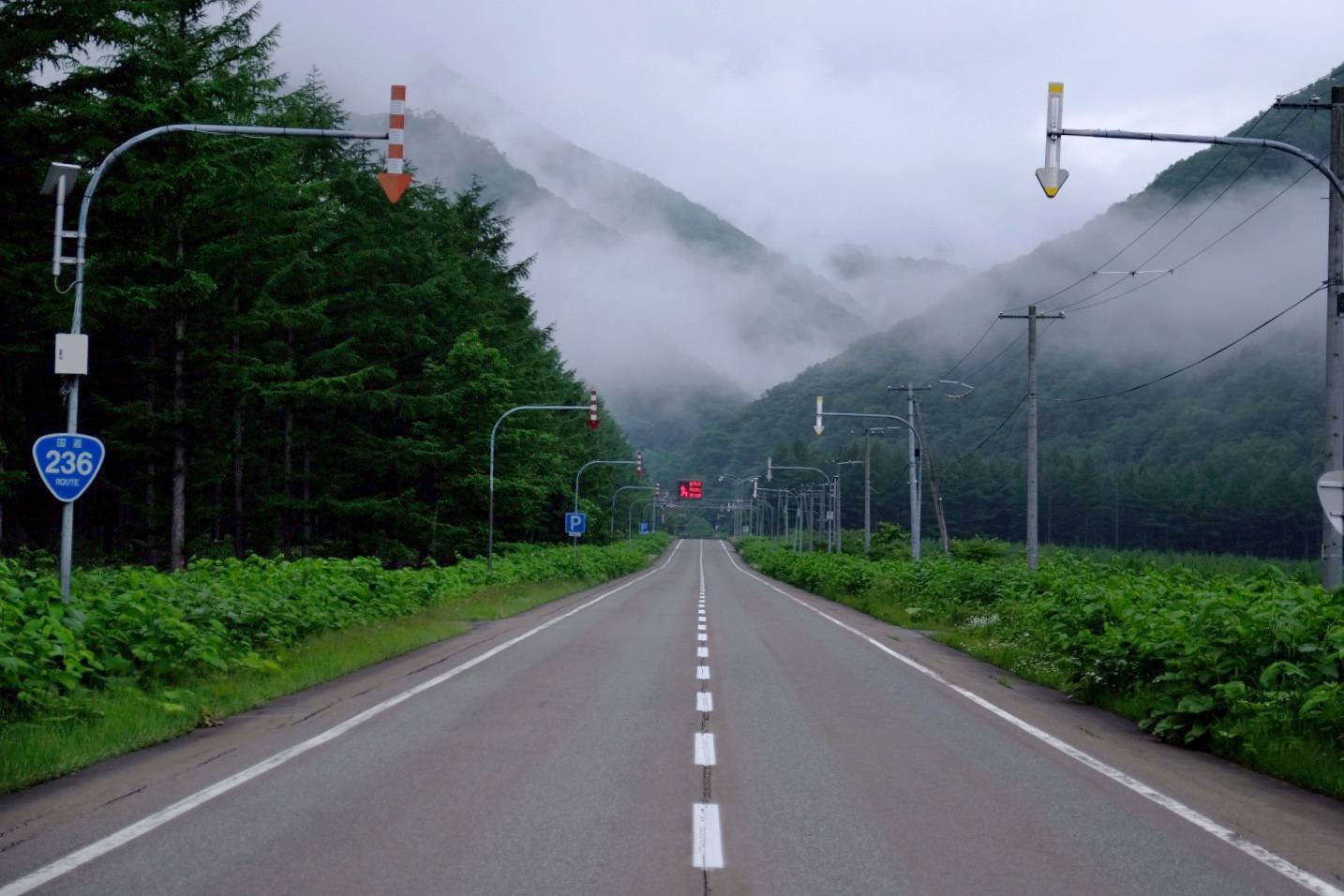
Mountain Passes (Tōge)
While many of the mountain passes in Hokkaido are actually a part of the regular roads, mountain passes deserve their own section. Many of Hokkaido’s regions are connected by mountain passes, such as Nakayama pass connecting Sapporo to the Niseko Area, or Mikuni pass that takes you across the Daisetsuzan Mountains. These roads offer some of the best views in Hokkaido, and sometimes have parking areas and even shops and restaurants.
Hokkaido’s mountain passes are usually well developed and enjoyable to drive, they are prone to severe weather changes and accidents! Since mountain passes are much higher than the surrounding areas, it’s not uncommon for it to snow unexpectedly any time from late September to early May. From December through to March expect to experience strong winds and blizzards!
Forest Roads (Rindō)
If hiking is on your to-do list then chances are you’ll be driving along a forest road at some point; they provide access to the trailheads of most of Hokkaido’s mountain hikes. Most forest roads are gravel, and in some cases are only wide enough for one car to pass in certain points. Take it slow, and check for cars before turning around narrow corners. If a car is coming from the opposite direction, yield and try to give the oncoming car enough room to pass.
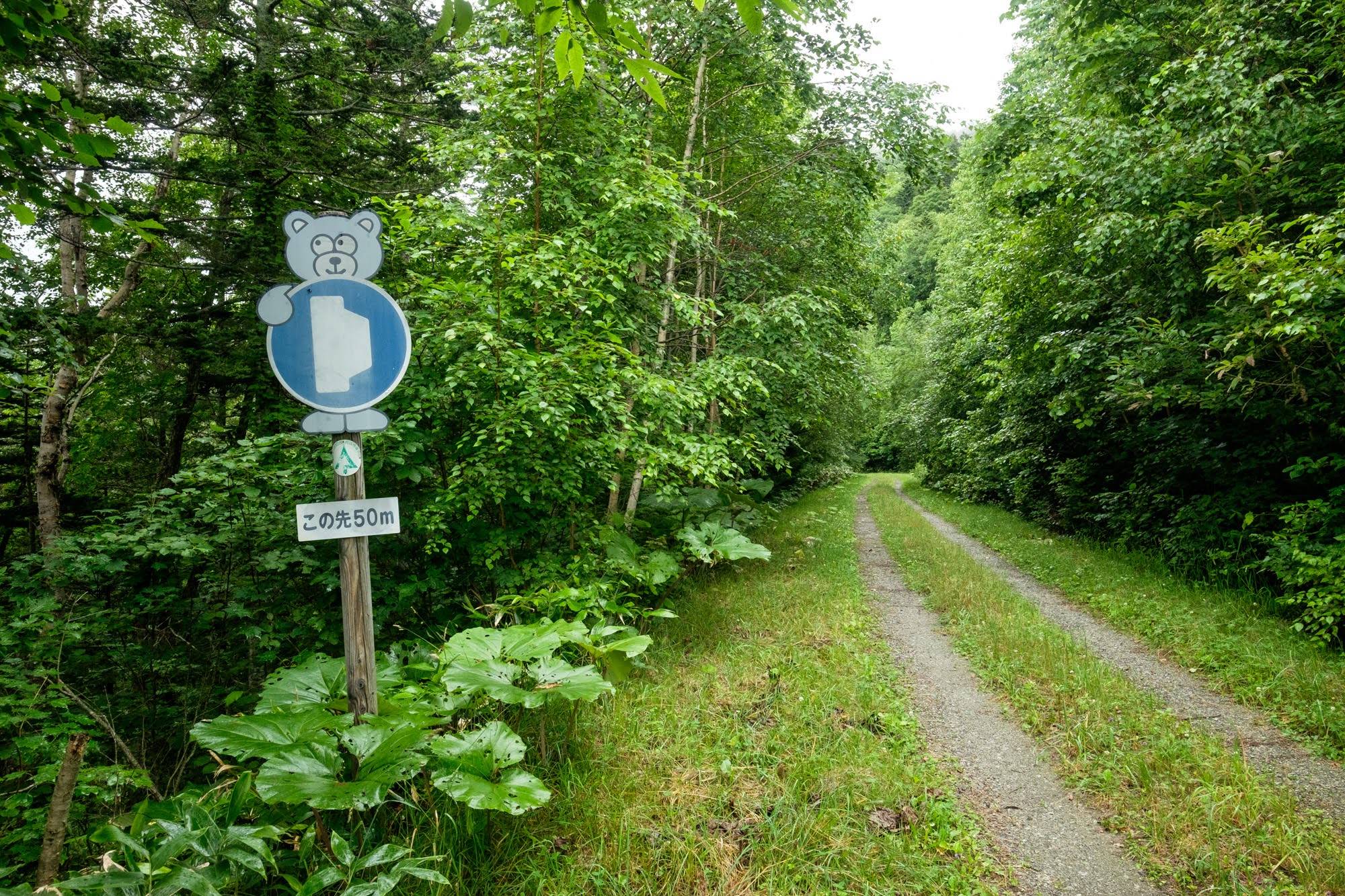
A Brief Overview of Japan's Road Rules
The first step towards driving in Japan actually takes place in your home country before you even board the plane. To drive in Japan, you will need to pick up an International Driving Permit in your home country. Simply put, an International Driving Permit is a translation of your driver’s license, so to obtain one you will need a valid driver’s license. Note that an International Driving Permit is not valid on its own. You will need to present it with your regular driver’s license to be allowed to drive in Japan. Some countries don’t offer an International Driver’s Permit, and if your country is one of them you will need to get a translation of your driver’s license instead. You can check if your home country offers an International Driver’s Permit here.
Japan is in the minority of countries that drive on the left-hand side of the road, which won’t be a problem for our Australian and Singaporean friends, but for travelers from Europe and North America it may take some getting used to. It may seem intimidating at first, but most people get used to driving on the opposite side of the road after only a few hours. Fortunately there are few roundabouts to confuse you.
One difference that takes much longer to get used to in Japan is that you are required by law to stop at a railroad crossing. Japan is one of the only countries in the world with this law, and it’s one that many foreign travelers struggle to get the hang of. Remember to slow down when approaching train tracks, and anticipate the car in front of you stopping as well!

For our North American readers, the differences don’t end there. While you may be used to turning right on a red light in the US or Canada, turning at all on a red light is illegal in Japan. This is especially dangerous on the pedestrian and bicycle-filled streets of Japan, and carries a hefty fine, so stay put and wait for the light to turn green before you take your foot off the brake.
There are many similarities between road signs in Japan and road signs in Europe, but travelers from English speaking countries such as the US and Australia should take some time to brush up on the different road signs in Japan before they hit the road. The Japan Automobile Federation has a good English page dedicated to Japan’s road rules with pictures of common signs and their meanings. Be sure to take a look so you don’t mistake a Japanese stop-sign for a yield sign!
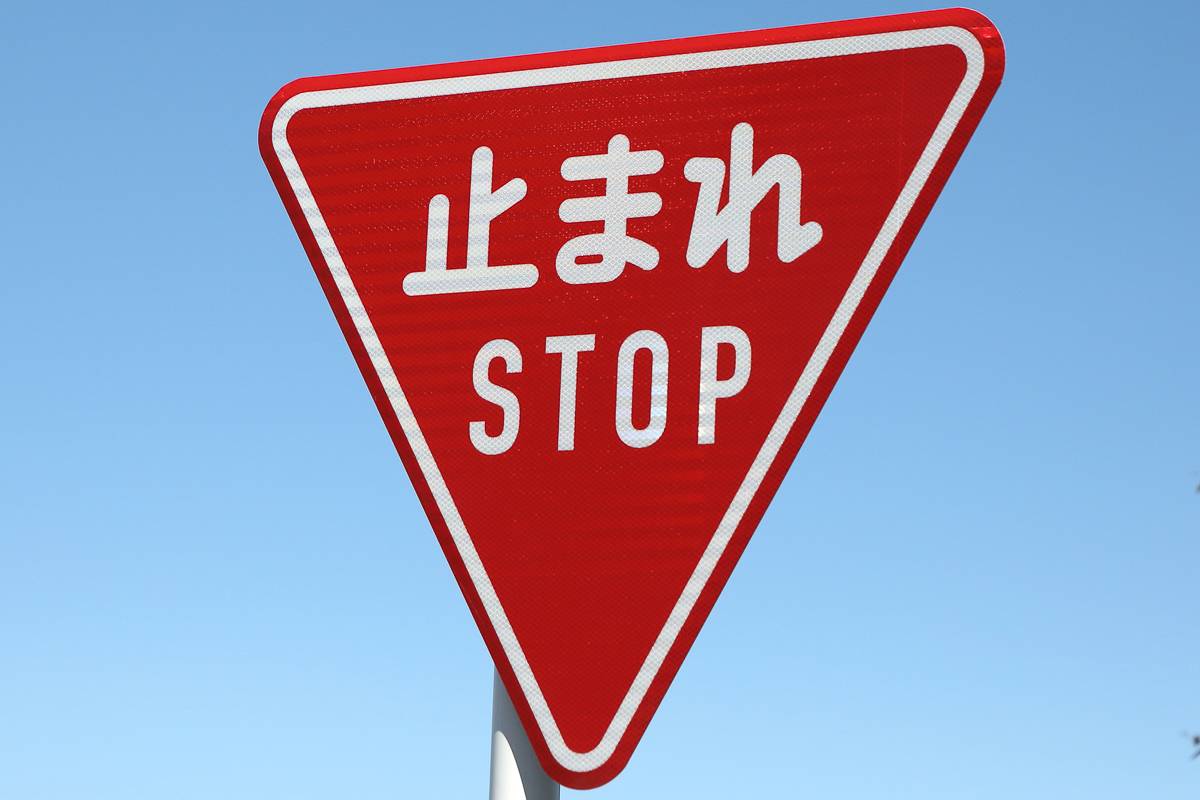
Luckily, the blue billboards that indicate direction and distance are all written in Japanese and English (and in Hokkaido, sometimes Russian!), and there are bilingual electronic billboards that display information about weather conditions and road closures to make driving easier for tourists.
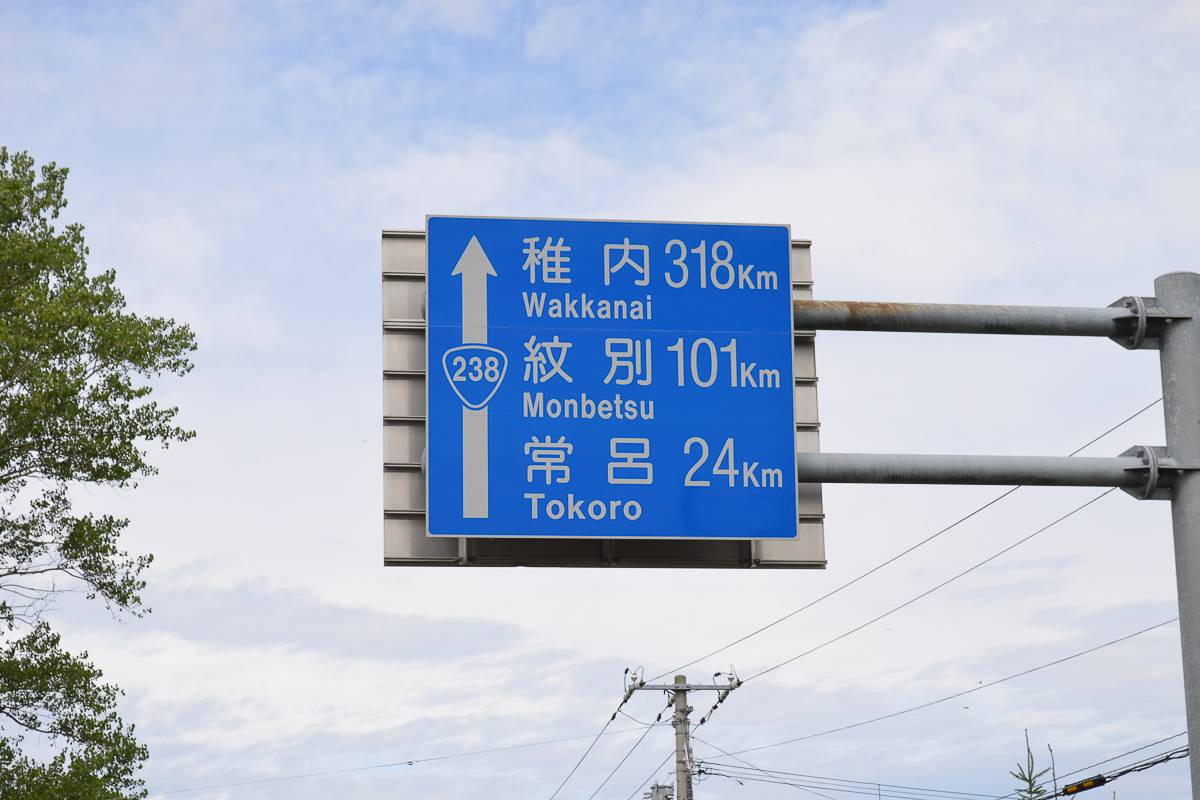
What is the speed limit in Japan
Unless signposted, the speed limit on normal roads is 60km/h, which will feel slow for most people used to driving elsewhere. However, when you find yourself driving in a blizzard, even 30km/h suddenly feels too fast. On the Expressways (Kosoku-Doro) the speed limit is usually 80km/h, although it will be reduced when the weather is bad. You will find some sections of highway where the speed limit signs are blank, you can open up to 100km/h here.
Roadside wildlife
In Hokkaido, every route is a scenic route. From winding coastal highways to flat roads across farmland that disappear into the horizon, there’s no doubt you’ll want to stop and take it all in at your own pace- something you can’t do on a bus or a train! Driving in Hokkaido is also (for better and for worse) like a safari! Expect to see foxes and deer along the side of the road, but also expect them to run out onto it! While seeing the abundance of wildlife is one of the most exciting parts of driving in Hokkaido, sometimes the wildlife can get a little too close for comfort. In Shiretoko National Park brown bears may climb up on your car, and throughout Hokkaido deer and foxes may suddenly jump onto the road forcing you to stop unexpectedly!
Accidents involving cars hitting wildlife are common in Hokkaido, with the most common accidents being head-on collisions with deer. In 2021, there was a record-breaking 4009 deer related accidents in Hokkaido, with many accidents being fatal or resulting in serious injury for the passengers of the car!

Nearly 40% of the total accidents in 2021 took place in late autumn; the stags come down from the mountains in search of a mate in October and November. Deer are more active around dawn and dusk, nearly half of all accidents take place in the early morning or at dawn.
When driving in deer country make sure you slow down to give yourself more time to react. This is especially important in areas with thick forests on the sides of the road and around curves where you can’t see around the corner. Deer tend to travel in herds, so if you see a deer on the side of the road, it’s safe to assume there may be a few more nearby.
Refuelling
In Hokkaido, and by extension the rest of Japan, there are two types of petrol stations: Serviced and Self-serviced. At serviced petrol stations, an attendant will fill your car up for you. While purchasing petrol in Japanese may seem like a daunting task, you only need to remember three words: “regyura, mantan, kurejitto kaado de” . These three magic words will get you a full tank of regular petrol paid for by credit card. Even in rural Hokkaido credit cards have become widely accepted at most petrol stations, but there is a lot of inconsistency even among the major chains as to which locations accept credit cards. If you would like to pay by cash, then ask for “regyura, mantan, genkin de”.
Self-serviced petrol stations, called “serufu” in Japanese, tend to be slightly cheaper than fully serviced petrol stations, however the majority of self-service petrol stations do not have English guidance. If you find yourself at a self-service petrol station that doesn’t offer English guidance, you may need to ask one of the on-site staff for assistance. When using a self-service petrol stand, you first choose the method of payment, followed by the type of petrol you need and the amount you want to purchase.
There are three types of petrol available:
- The red pump is for regular petrol, pronounced “regyura” (レギュラー) in Japanese. The majority of rental cars will use this type of petrol.
- The green pump is for diesel, called “keiyu” (軽油) in Japanese.
- The yellow pump is for Hi-Octane petrol, called “hai-oku” (ハイオク)in Japanese.
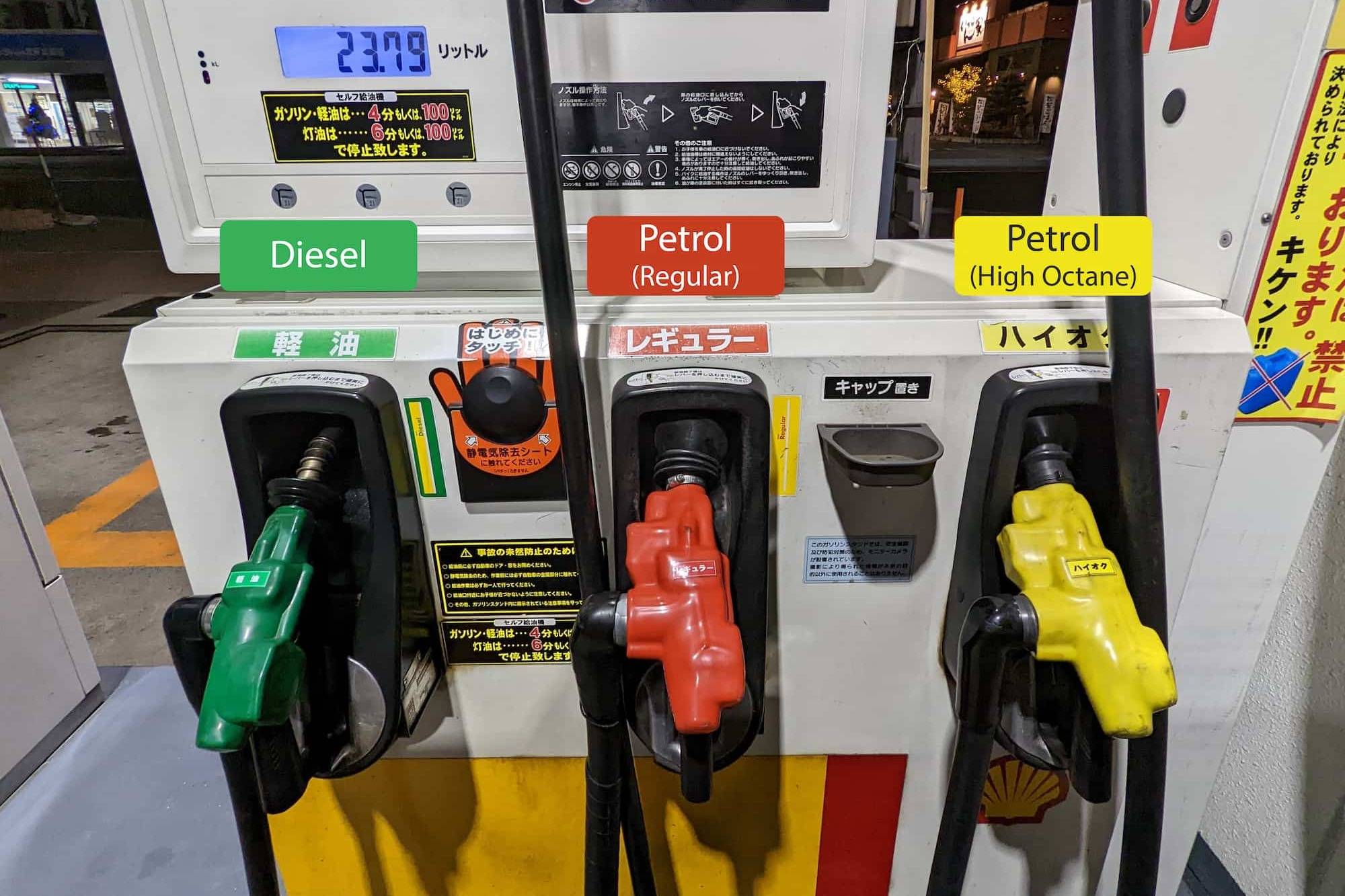
In some cases the pumps may be a different colour of what you’re used to, so be sure to double-check which type you choose before filling up your car. If you are unsure about the type of petrol to use, check the folder containing your rental agreement from the rental car company, as it’s usually written in there. Petrol stations also have kerosene pumps, blue and labeled 灯油, so avoid those unless you're fueling up your stove!
One thing to consider when planning your driving trip around Hokkaido is that outside of the urban centres, petrol stations close very early- and in some rare cases are only open for a few hours during a few select days of the week! Top-up on petrol every few towns instead of only filling up your tank when you’re running low to avoid running out of petrol in the middle of nowhere!
Parking
When parking in Hokkaido’s city centres, expect to pay for parking. Parking rates vary depending on which city and what part of the city you’re parking in, but a good rule of thumb is to look for a parking lot with “最大料金” printed in large, bold letters on the sign with an amount of yen written next to it. These parking lots will have a maximum fee for a 12 or 24 hour period. Certain parking lots across Hokkaido’s National Parks, for example the parking lot at the Shiretoko Five Lakes or at Lake Shikotsu, cost 500 yen.
When leaving Hokkaido’s cities, you’ll find free parking lots in abundance – even in the middle of nowhere! There are a number of parking lots made to give drivers a place to pull over and rest or get out and stretch their legs. When driving across rural Hokkaido, it may be tempting to park your car on the side of the road to take photos or check your GPS. While it’s not uncommon to see even locals do this, it may be illegal depending on the location, and is dangerous in low visibility. I encourage you to wait until you come across a parking area to stop your car – Chances are you aren’t too far from one!
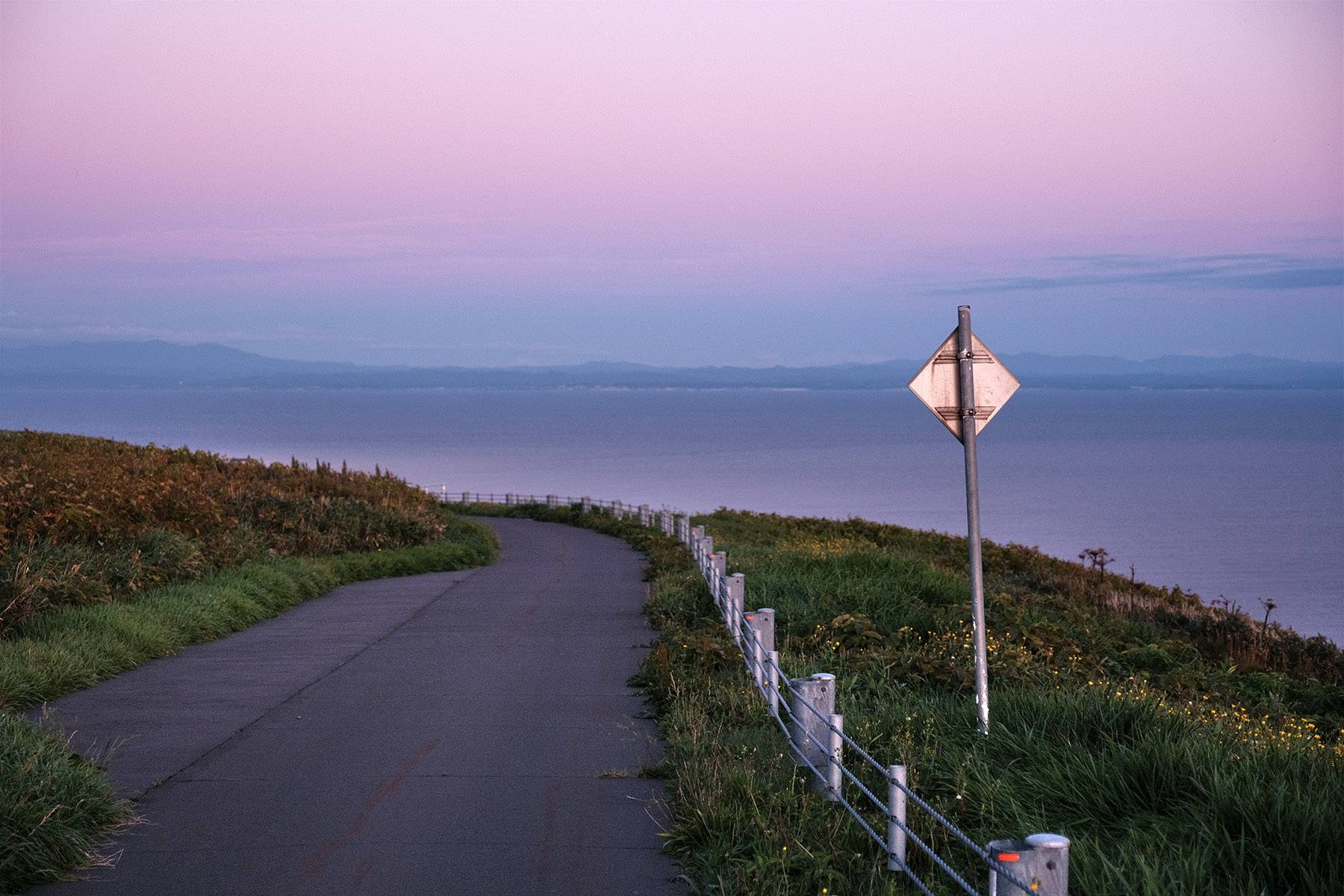
Michi-no-Eki
Another common place to find parking are Michi-no-Eki, or “Roadside Stations”. Whether it’s a roadside station in a city like Asahikawa or a small village of 1,200 people like Shosanbetsu, Michi-no-Eki are the perfect place to stretch your legs and get a feel for the area. Most Roadside Stations offer food, ranging from quick bites that showcase the area’s local specialties to full course dining experiences using the finest ingredients in Hokkaido. Many Roadside Stations also sell local produce as well as souvenirs.
Michi-no-Eki aren’t just for shopping and dining, though. They’re also a great place to stop and plan the next leg of your trip and get more information on the area. As of November 2022, 128 of Hokkaido’s 129 roadside station offer free wifi and 84 of them have information desks where you can get advice on where to eat and what to see. All 129 of Hokkaido’s Michi-no-Eki offer free 24 hour parking and 24 hour toilets as well.

The services offered at Hokkaido’s Michi-no-Eki don’t end there though! The Roadside Station in the town of Otofuke, for example, allows you to park your car or camper there overnight but requires you to apply online in advance and reservations can only be made in Japanese. If sleeping in the car isn’t your thing, some Michi-no-Eki even offer their own accommodation, such as Rikubetsu’s Roadside Station or the Roadside Station in Bifuka (home to a very nice hot spring!).
The official website for Hokkaido’s Michi-no-Eki contains basic English information on the locations and services of each Roadside Station, a good tool to help plan your route!
Driving in Winter
Despite being a paradise for road trippers in the summer months, during the winter, most people born and raised in Hokkaido tend to avoid driving long distances unless they have to. While a winter road trip around Hokkaido certainly belongs on any travelers’ bucket list, it isn’t a trip for those without prior experience driving on icy roads. With deer and foxes running out onto the road at a moments notice all year round, sudden braking is common in Hokkaido. In the winter, sudden braking is even more dangerous as you may find yourself slipping instead of stopping! Even if you have confidence in your winter driving abilities, the person behind you may not, and there is always the possibility of a rear-end collision as well.
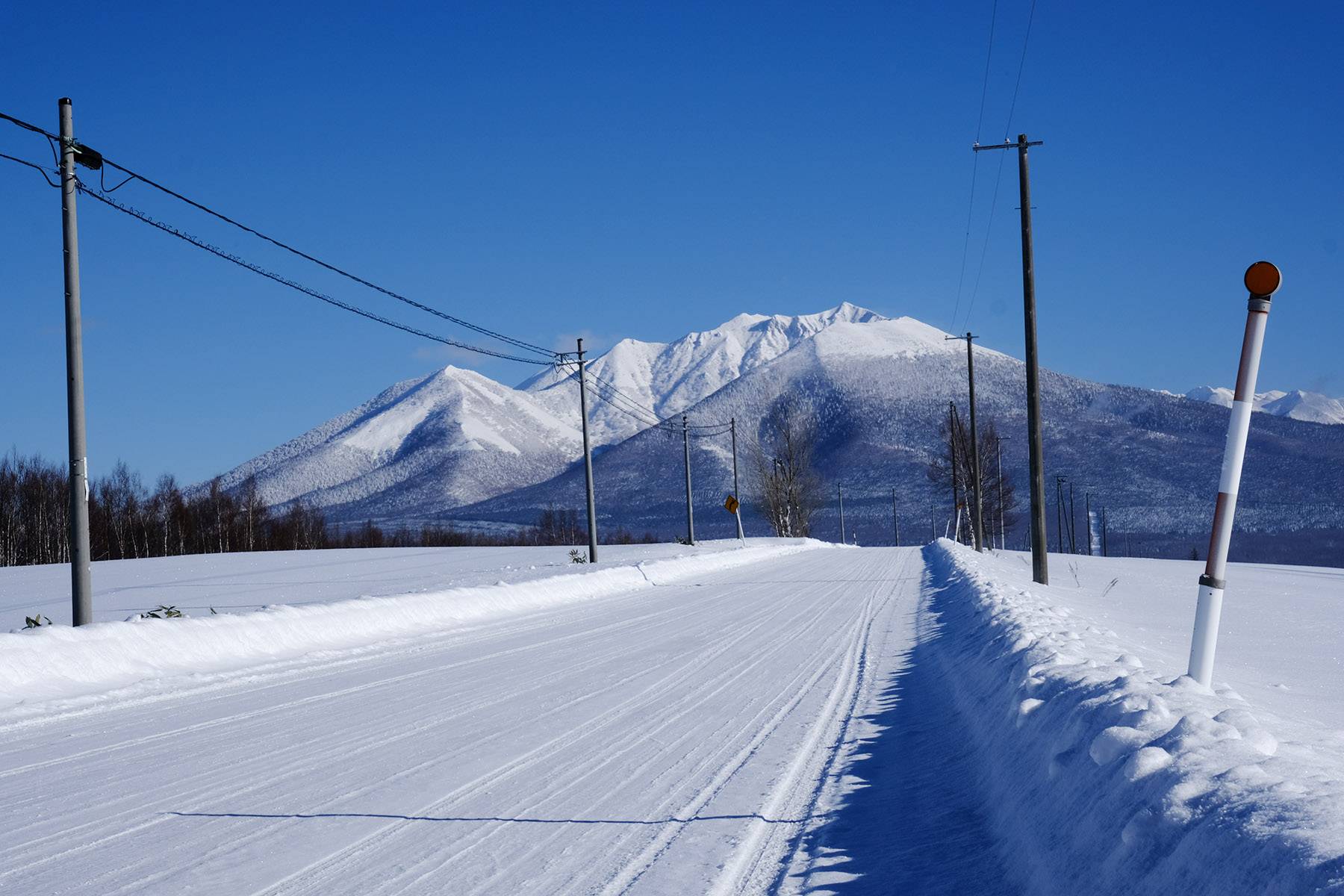
One other thing to keep in mind is that weather can change greatly between different regions and elevations around Hokkaido. Around some mountain passes, like the Karikachi Pass which connects the mountainous Kamikawa region to the low-lying Tokachi region, you may be driving under cloudless blue-skies one moment and into a blizzard the next!
When driving around Hokkaido in the winter, be sure to keep an eye on the weather not just at your starting point and your destination, but every town and mountain road along the way as well. Also plan on arriving at your destination before sundown, as there’s the possibility of being caught in a blizzard at night.
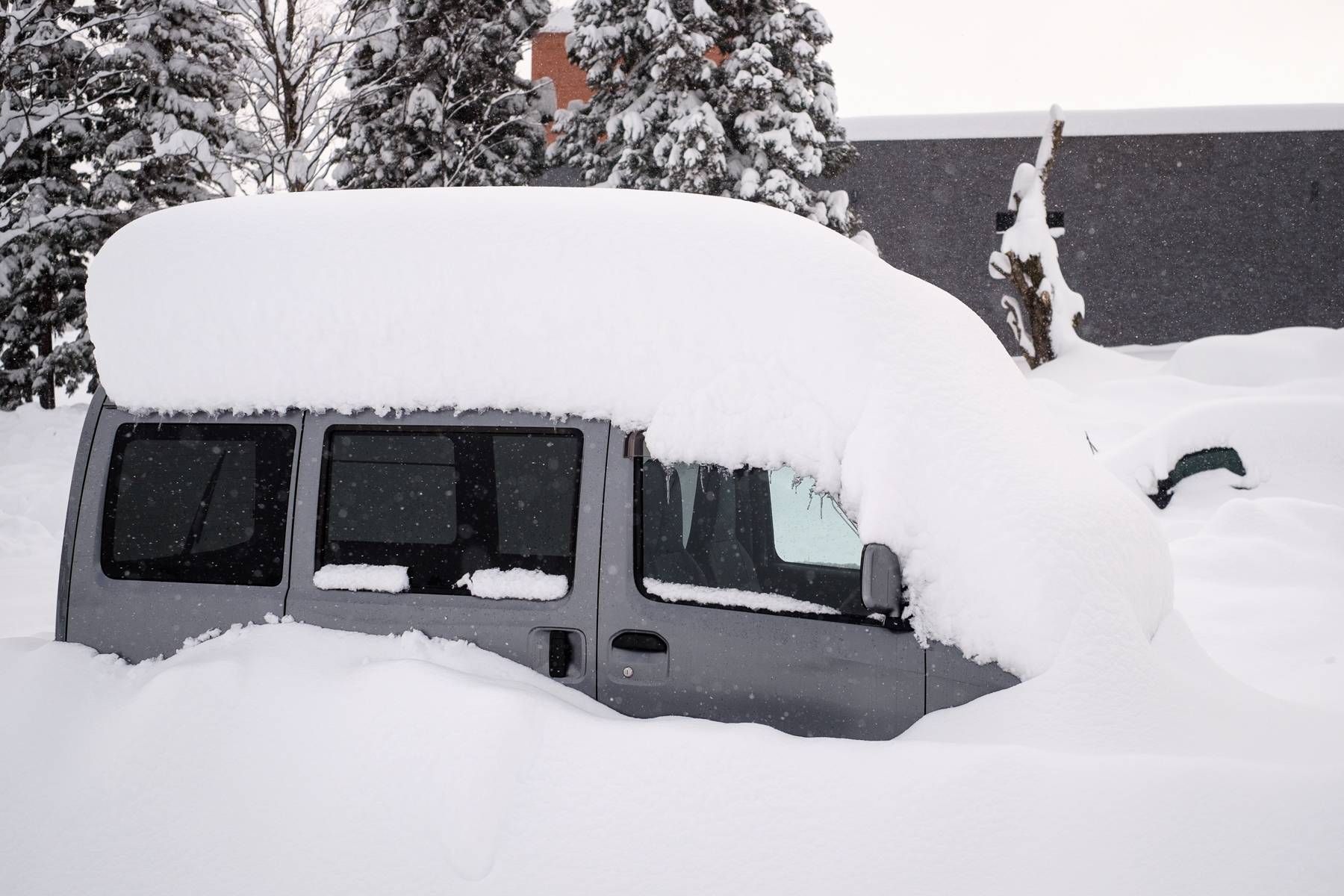
Hokkaido’s roads are plowed regularly, however some roads get cleared of snow faster than others! Hokkaido’s busiest roads, Expressways and National Roads are plowed very early in the morning and often multiple times during the day. However, Hokkaido’s Prefectural Roads and Municipal Roads may not be plowed as frequently or much later in the day. While exploring the backroads is one of the best parts about exploring Hokkaido, it’s an activity best saved for the summer months! Also note that many forest roads and some mountain passes are closed during the winter as well.
For those of you that do decide to rent a car for your winter journey, there are a number of road-signs unique to Hokkaido that you’ll need to know beforehand. The first are the downward-facing arrows lining the sides of the road. These arrows mark the edge of the road, and when snow piles up and visibility gets worse, paying attention to these signs is vital to staying safe. Another sign you’ll see around stop lights is a blue square with the characters “停止線” written on it. Since the white line painted on the road isn’t visible in the winter, these signs indicate where to stop at a red light. Familiarise yourself with these two signs if you plan on driving in the winter.
Renting a Car
All major rental car companies in Japan operate in Hokkaido. Aside from Japanese owned rental car companies such as Toyota Rent-a-Car, Nippon Rent-a-Car and Times Rent-a-Car, there are a number of companies you may be familiar with like ORIX and Budget Rent-a-Car as well. Online reservations for the above companies can be made in English.
The average cost for a rental car across all the major companies is generally about the same, and all of the companies listed above charge a higher rate during Hokkaido’s Summer season. The vehicle options across all of the major companies are fairly similar as well.
Electric Vehicles (called EV in Japanese)
In recent years the option to rent fully electric cars has become more common in Hokkaido, and charging stations are slowly but surely becoming more common in Hokkaido. While we always try to recommend the greener option, it might be better to avoid using a fully electric car in the winter as the battery life is dramatically reduced making them unreliable if you plan to cover long distances in a single day. Electricity generation in Hokkaido is still mostly from emission producing sources, making charging your electric vehicle not all that green.
This map, produced by the Hokkaido Electric and Hybrid Vehicle Promotion & Research Group (Japanese site), shows all the known charging points in Hokkaido.
The maroon pins are high speed charging points, the yellow pins are 200V charing points and green pins are 100V charging points. If you’re up to the challenge of reading Japanese, you can click on a pin to see opening times and prices.
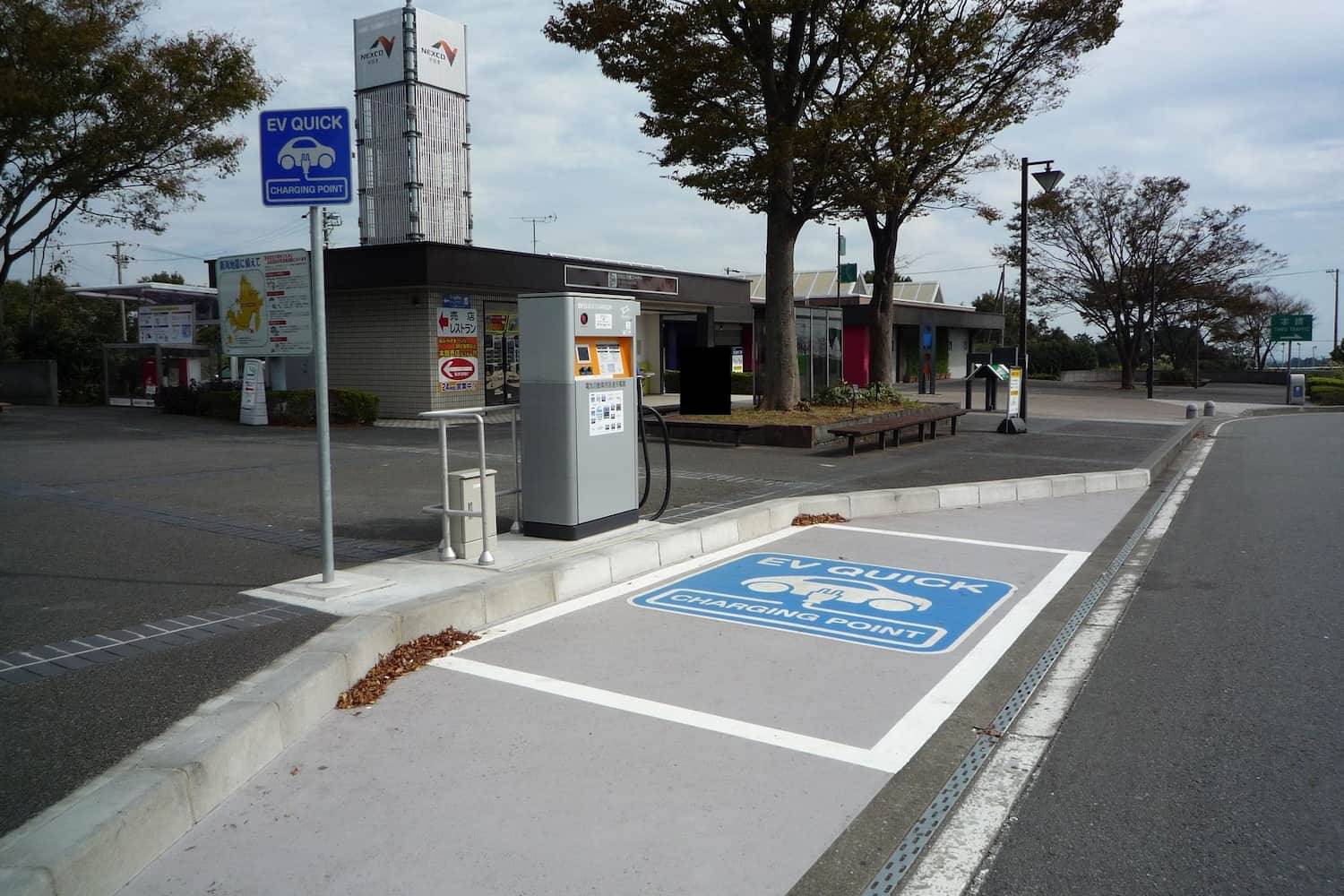
Hybrid Cars
Hybrid cars represent a good compromise, they are greener (and cheaper to drive) than your standard petrol car, but more reliable when the temperature drops below freezing. Given that Japan is the leading country for hybrid car adoption, 45% of all hybrid cars are sold in Japan, you will have no problem finding a hybrid to rent.
Compact cars (Kei Jidousha)
These are compact cars with an engine displacement of 660cc or less. Keijidousha are usually the cheapest option to rent, often have better fuel mileage than normal sized cars, and have the added bonus of being cheaper to take on the Expressway. However, the downside is that they may feel quite cramped and may be uncomfortable to drive over long distances.
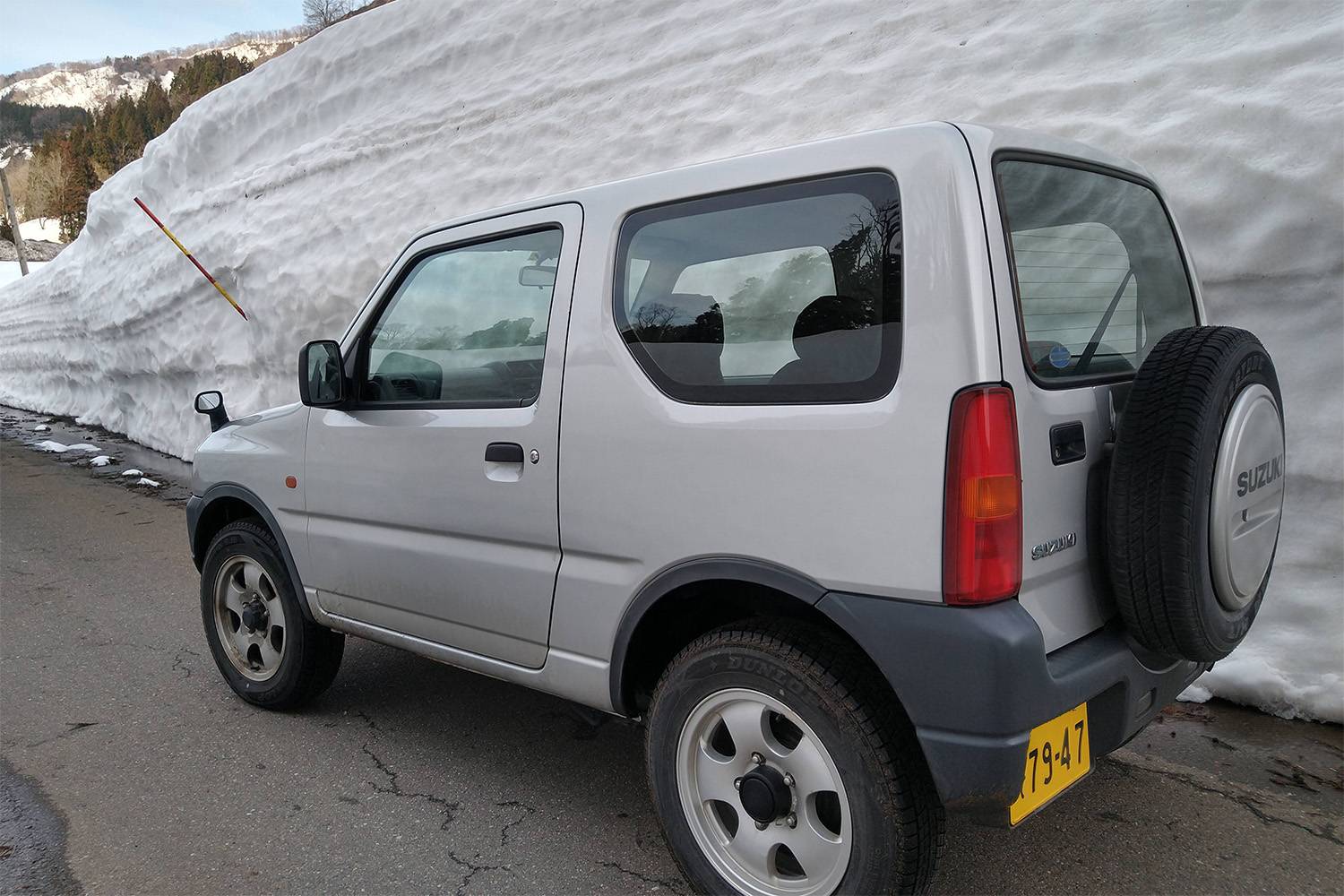
Regular Cars (Jouyousha)
These are your run-of-the-mill passenger cars (think Toyota Corolla). While keijidousha may technically seat 4 people, if you’re traveling in a small group with a few suitcases, consider a more spacious jouyousha instead.
Minivans
The types of minivans available from the major rental car companies seat 6 to 8 people but also are ideal for those who travel with more suitcases or skis.
Equipment
Regardless of the type of car you choose, it will come equipped with a bilingual navigation system. While the major companies have uploaded guides on how to change the language settings to English to their websites, you may ask the staff to change the language settings for you. Unfortunately, sometimes searching for a destination by name or address with the GPS set to English yields mixed results, but searching Japanese is often no better! A good solution to find your destination quickly using the English GPS is to search for your destination by phone number. However, you will probably find using an app like Google Maps on your own phone is the easiest as long as you have a travel SIM. Remember to pack a spare charger cable and removable phone holder if you have one.
*Note that when renting a car from a local company, particularly on Rebun Island or Rishiri Island, the cars are sometimes older and not equipped with a GPS at all.
When renting a car in Japan you will also have the option to rent an ETC card for a small fee (about 300 yen), to pay for expressway tolls automatically. The cost of all tolls from the ETC card is paid for when you return the car.
Some other additional options unique to the snowy parts of Japan include optional ski-racks and tire chains. If you rent a car between November to April in Hokkaido, it will be equipped with studless tires, but the option to rent tire chains for free adds a piece of mind.
Driving in Hokkaido – A rewarding adventure, but not for everyone
From stopping for a bite to eat at a Michi-no-Eki to accessing the trailheads of some of Japan’s best mountains, a car gives travelers the flexibility to plan a Hokkaido trip that is perfect for them. Like driving in any other country or even driving in mainland Japan, the experience will differ greatly from your home country and for some people driving around Hokkaido may not be the best option. If long distance driving and close encounters with wildlife aren’t something you’re used to, it may be a good idea to take public transport and trade in some of that flexibility for peace of mind. Or you could join a tour and let our guides handle the roads so you can enjoy the views!
Leave the driving to us
Join one of our tours to see the best of Hokkaido without the stress of driving abroad